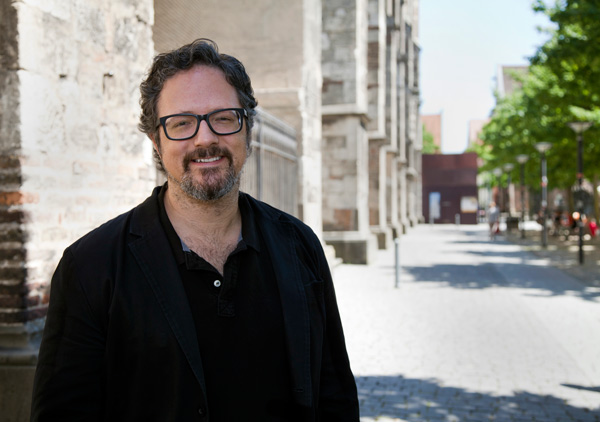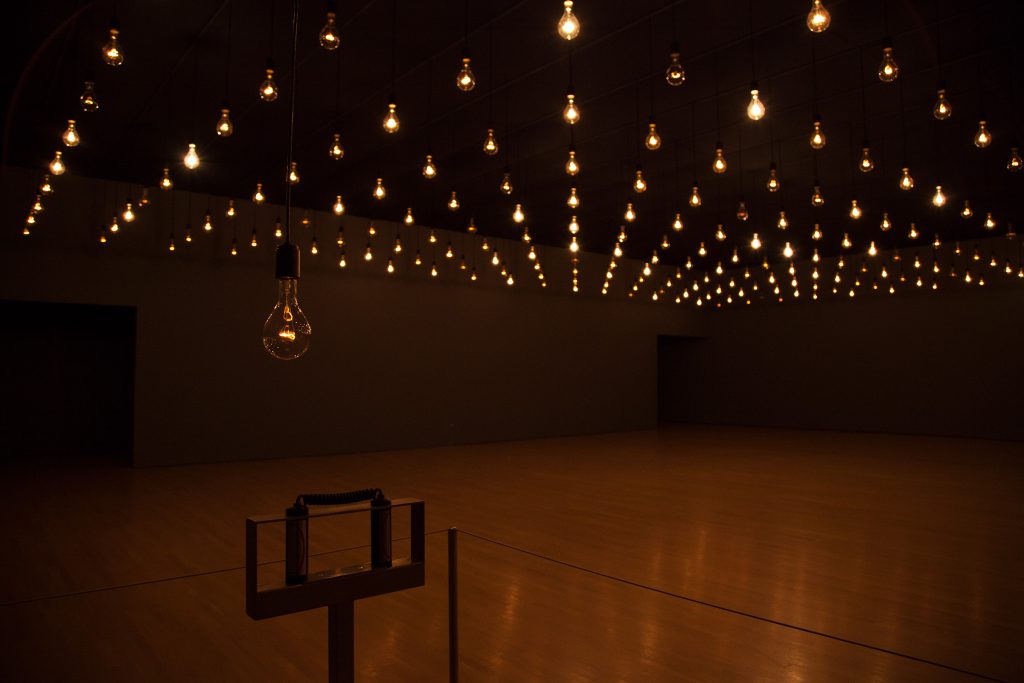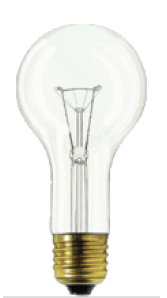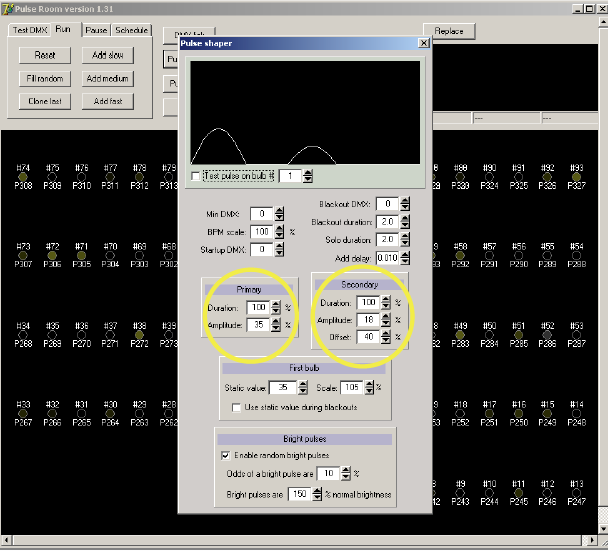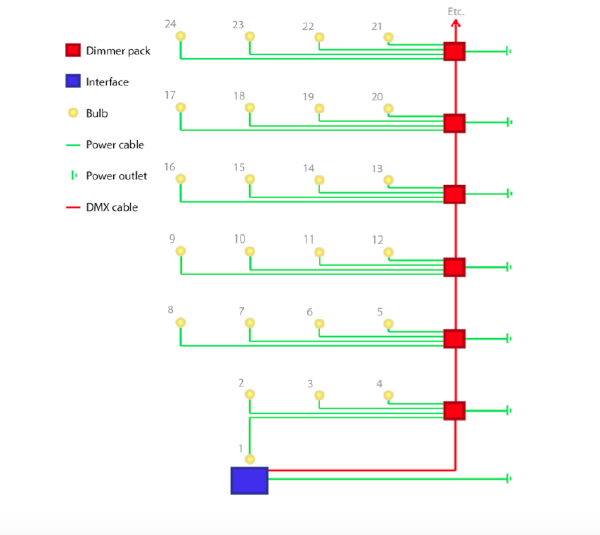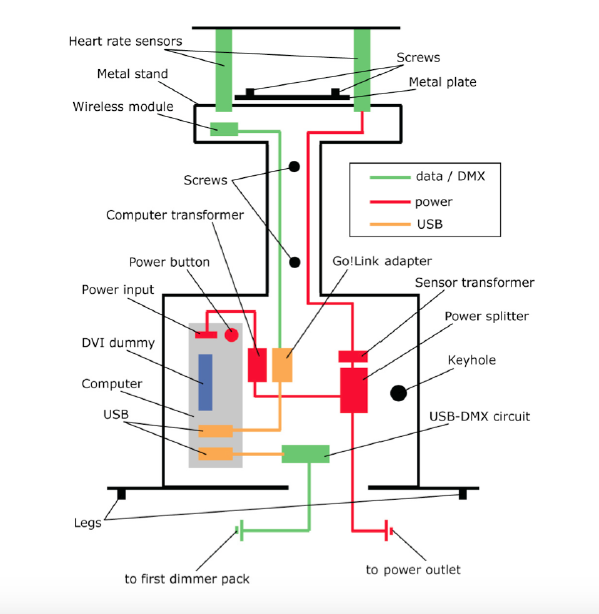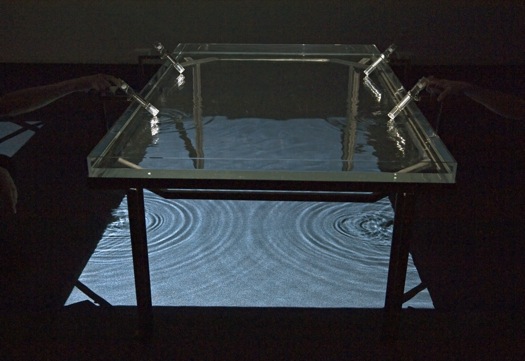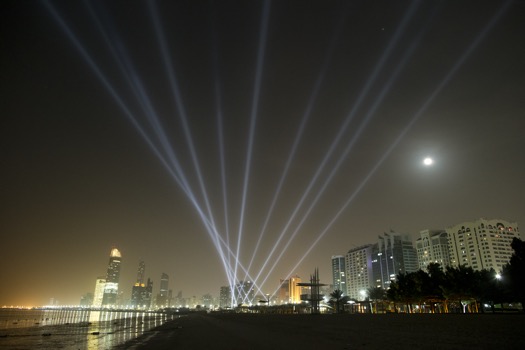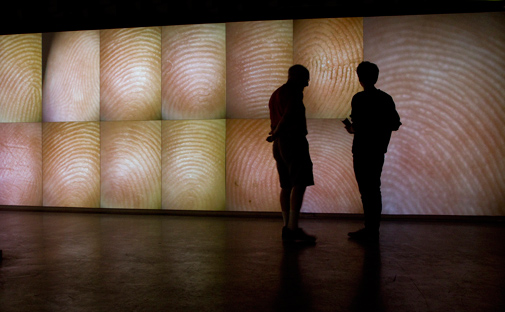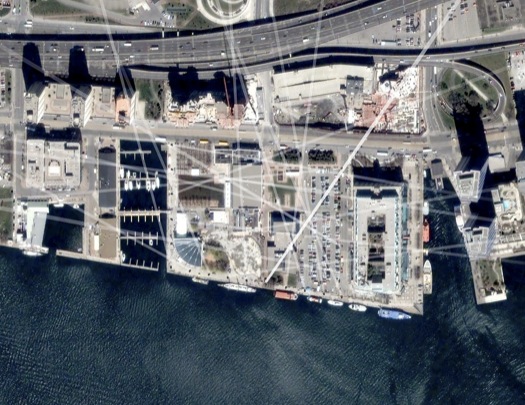Field trip: National Design Center
[Part 1: Field Trip Oss]
There is various type of design practice of styles and focus throughout the Singapore Design timeline of different design categories ranging from visual communications, environmental, fashion accessories and product industrial design. The following documented some of the observations of the different themes, practice, styles that I have gathered from the National Design Centre, “50 years of Singapore design” exhibition.
[List of design practice]
1) Building a nation
Trend movement/style: Minimalistic, Industrial revolution/post-war poster, Retro, 60’s fashion, Logo, Icon, symbols
Color: Primary colors (red, yellow, blue, green), de-saturated, off-white
Brighter, different colors
Typography: San-serif, Big condensed, bolded, Decorative
Practice Focus: Building Singapore identity
2) Economic Boom
Trend movement/style: Pop art, Centralized, symmetrical, top-down design, Illustration, Graphics, Logo, Local architectural style, semi-circle, slanted
Color: Vibrant, colorful, Analogous
Typography: San-serif, slab-Serif
Practice Focus: the beginning flourishing of sg design scene, expansion in the local commercial market, tourism, package, and architecture design practice. Local branding
3) Technology
Trend movement/style: Photography, image edit manipulation, Modern aesthetics, Conceptual
Color: serious colors (blue, red, white)
Typography:3 hierarchy, mixture of different fonts in one poster
Practice Focus: Technology advancement
4) Going Global, gaining international recognition
Trend movement/style:Postmodernism
Color: red blue yellow white black wood
Typography: –
Practice Focus: Environment and product design locally and internationally
5) Returning to the roots, preserving local identity
Trend movement/style: Modern, vintage
Color: Colourful
Typography: Use of Chinese words in the poster
Practice Focus: Sustainability, returning to roots (tradition and unique identity)
[Part 2: Field Trip Oss]
Throughout the years, as the millennial generation, I believe we have witnessed the vast changes and growth in Singapore’s design scene. During our younger days, we have always heard others saying how Design is “useless”. In general Singapore as a young developing country, focuses more on the economy rather than the arts sector. Despite small steps has been made ever since Singapore establish its independence, such as designing our own identity. Design was still not as recognized. After the Economy boom, more opportunity is provided for designers as commercial advertising, tourism, and architecture all required branding and design skills to further build on top of the expanding economy of Singapore.
Moving forward, as Singapore develops together with the rapid growth of globalization, local designers had the opportunities to expand our design overseas. Right now, as we progressed, there is a trend of designers starting to look back to appreciate and preserve the roots and identity of Singapore.
In summary, I have observed that throughout the years of design practice in Singapore, Singapore geared more towards the functionality of designs. It utilizes design to improve quality of living and create a better Singapore. Firstly the use of design to build an identity. Secondly the expansion of opportunities and possibilities of Singapore design. Thirdly, the use of design to appreciate traditions and the identity created. Lastly, the use of design to drive Singapore towards being a more sustainable country.
[Part 3: Field Trip Oss]
Some future key goals of designs in Singapore are to use design together with advanced technology to create a better Singapore. Design should consider user experience and suit the needs and lifestyle of Singaporean. Also, it should be forward-looking and interdisciplinary to help with Singapore’s sustainability, functionality, and preserving of our unique tradition qualities to distinguish ourselves and at the same time be on par on an international level.
[Part 4: Field Trip Oss]
Globally, the current design scene will move towards the trend of making use of more technology in their work to improve the lives of the world. Designs will move towards aiming in the direction of making their designs and creation more sustainable, in the sense of involving more biophilic environment, taking into consideration of increasing population and high-density living and thus the need to reclaim from air and underground which will change how the look and process of design are being shaped towards.
Locally, there will also be more design that showcases Singapore’s uniqueness. Having a strong identity style which would then bring our design scene further down the road to an international level.
In my opinion, the importance of design is slowly getting valued by more people. Design is being recognized slowly not just for its aesthetic value but also as a solution to cope with various daily living and environmental issues. Which in turns, it is something that can help to improve the lives of many in different areas.




Task 1A: Visual Research
1) The poster is communicating art and craft.
2) It gives out the emotion of fun, playful, DIY, handmade and creativity.
3) It uses colorful colors to express fun. It uses simple, cute craft visuals such as pencil, scissors, and thread to convey the purpose of the poster. The text treatment is creative. It incorporates elements of craft like ribbons and paper folding into the formation of the text. The body copy uses a more handwritten styled typeface to further illustrate the message of handmade and DIY crafts.
4) It generates visual interest by making the text as part of the imagery and creatively uses the image element to create some sort of border instead of boxing the title up. There is a clear hierarchy of different type sizes, which help me read from the center(“handmade”) to the bottom, and then back up again to the two little bubbles (“time” and “free entry”).
5) I feel that the execution conveys a clear message to the audience. It is also more harmonious and interesting to look at when the text unifies with the theme and surrounding visuals.
Task 1B: Slogan & Moodboard
[Keywords: ]
Technology
Mix culture
Futuristic
Interdisciplinary
Internationally
Mediate between east n west
Smart nation
Revival of Tradition
Back to roots
Old things new life
Differentiate sg from other countries
Reflection and continuity from the past
Sustainable
Functionality, practicality, help the world to be a better place
Eco
Recycle
Livable urban high rise
High-density living-reclaim from air, underground
Compact city
Creation of new value
New user experience
Responsive to market growth n change
Conceptual, societal
Lifestyle, delightful, surprising, uplifting, user experience, fun
Trans-urban, connect nature with city
Addressing the needs of communities
Design change mindset
Building facade come to life. Look n work like trees
Biophilic environment-nature n urban coexist harmoniously
[Rationale]
After gathering all the findings and keywords, I have come out with three big themes of Technology, Tradition, and Sustainability. Every year’s Singapore Design Week(SDW) has different themes. To me, I envision that one of the possible themes of SDW as making design prevalence in Singapore, SDW act as a platform that shows cases the uniqueness of Singapore Design. Hence, the three concepts that I came out with shows some of the possible future design scenes of Singapore.
As Singapore progresses, it aims to be the smart nation and I believe technologies are one of the big factors that will affect the design scene. As for the theme of tradition, I viewed it as the reinvention of the future because if there is no past there won’t be present and future. Hence the importance of embracing both qualities of the tradition and future. The last theme would be sustainability. Singapore is definitely using design on architectures etc to make our country more sustainable due to high-density living, pollution so on and so forth. Hence, I have observed that one of the future design scenes in Singapore focus a lot on utilizing design to create a better Singapore to live in.
[Concept Moodboard, Slogan and Typeface]
1) Theme 1: “Technology, the new future begins”
For the first theme, when I thought of technology, I think of futuristic neon colors aesthetics. Hence, proposing such color scheme and art direction.
2) Theme 2: Tradition – “The Reinvention Of Future”
When it comes to Singapore’s tradition, it reminds me of Chinese calendars, tingkats, and Peranakan patterns. Hence, I’m going for a more illustrated style with elements as shown above.
3) Theme 3: “The Age of Sustainability”
As for sustainability, I’m still unsure of the direction that I’m going for, but probably along the line of futuristic cityscape, eco or perhaps underground buildings.
[Sketches]



Task 2: Design Exploration (1)
[Sketches]
After the first critique session, I further developed some sketches to improve on my ideas. For the theme of “Tradition–Reinvention of future”, I have tried to brainstorm a few ideas of fusion between the new and old. Such as merging Singapore’s iconic dragon playground together with the current playground. As for the flowery patterns on traditional Peranakan tiffin carrier, I have decided to use shapes to represent the sense of future. For the sustainability theme, I have decided to make it more eco looking with the use of nature and included some Singapore iconic flowers such as the Orchid, Bougainvillea, and Birdnest fern.


[Digital Design Explorations]



For this week’s critique session, the issue of how future is reinvented from tradition is still not resolved and clarified for both the tradition theme. Fusion of new and old does not simply mean by hybridizing two elements together but rather the element itself has to convey the message and feelings instead of being so literal.
Also, the sustainability design is more preferred as compared to the other two as it is more ambiguous and less of “Singapore” and more of “Design week” since design week is not entirely only showcasing the works of Singapore. In addition, this design has more room to play with the different organic shapes and bringing out the sense of creativity of being the design week itself. Hence I have chosen this design to further explore the possibilities. However, for this design, it has too many plants and looks like a poster for Gardens by the bay instead of a Sustainability Design Week poster. Hence, I was advised to further define what is sustainability and look into sustainable materials as references to gain some inspirations.
Task 2: Design Exploration (2)
[Reference Images]
I have done some research regarding sustainability materials and the following are some of it:
–Timber
–Cellulose
–Recycled tire rubber
–Recycled plastic
–Wood
–Cork
–Vegetal fibres(bamboo,coconut)
–Straws bales
–Wool,linen,stone,sand,beeswax
–Clay
–Hemp or hempcrete
–Grasscrete
–Ferrock
–Structural Insulated Panels
–Cooling roof
–Synthetic spider thread
–Newspaper wood
–Mycelium
–Melted plastic
–Recycled glass
[Sketches]
[Digital Design Explorations]
I have extracted some features and texture from the materials and include them into my poster. Such as recycled melted plastic texture, bamboo, hemp and recycled newspaper in a plastic bottle. In this design, I tried to be more representative, abstract and ” less Singaporean”.
However. the feedback was that in general it gives off the feeling of germs and bacteria visuals and the element does not show sustainability. The color was too warm and red doesn’t remind people of sustainability too. So I was recommended to clarify the elements I have by keeping them nature related and also use more blue and greens to express sustainability. Also, using white as the body text background doesn’t blend and create a harmonious design together with the surrounding patterns. Hence, I was advised to use colors that are already in the palette instead and also try to put the two information much more closely together then placing them at extreme corners.
Task 3: Design Refinement
[Sketches]

This time round, I begin by looking at different reference images of nature abstract shapes that express the qualities of sun, wood, cloud, globe, rivers, and mountain etc. After drawing visual inspiration from the references, I begin to start sketching my own style of all the different nature motif that I would like to include in my poster [left side of the image above]. I have also explored different “bubble” shape layout to contain my title and body text [right side of the image above]. After which, I proceed to include and combine all those elements that I have explored into my poster design sketch [bottom image].

[Digital Design Explorations]

I digitalized it, added a bit more details and chosen a color palette that is suitable for expressing sustainability [different shades of greens and blues].
Task 3: Color and Typeface Exploration
For the very first few drafts that looks like a poster for gardens and germs, I have used Gill Sans as my main typeface choice. However, as I move on, I felt that despite Gill Sans as a humanist typeface, It couldn’t match with the organicness of the surrounding patterns. Gill Sans is too clean cut. Hence, I changed it to Vag Rounded, a more geometric rounded and bubbly typeface which I thought might suit the poster better. After which, getting some feedback from my friends, I have also explored a more fluid, psychedelic-ish, self-designed font to try and compliment my design. The self-designed font adds on more characteristic and it more preferred than the Vag Rounded font. However, it needs to be further refined as it is just a rough version.



As for the color choices, besides the very first green and blue palette that I have done, I have tried to explore other color combination such as the orange-themed palette and the green-themed palette. Most of the colors that I used are mainly analogous colors that have a color theme on the left. While all the panels at the right-hand side of the above exploration, I tried to add in more fun by using a wider range of analogous color to give them either a punch of orange or blue hues into the poster color exploration. It turns out that the blue palette with a bit of added orange is more suitable for the feel of my poster design!
[Reflection & Takeway]
In conclusion, I have learned a lot about how the tiniest visuals may impact and lead to certain feelings or messages that viewers may link to other ideas. It is important to take note of prior notion of elements that we have subconsciously made connections with. Such as what sort of color palette is commonly related to sustainability or summer. What type of lines, motifs, and patterns visuals expresses a certain connection to things we have already know. Such as wavy tube shape with sectioned lines make people think of worms instead of bamboo.
Also, for this project, I tried to step out of my comfort zone a little and tried to go more abstract and have fun with organic abstract shapes. At first, it was a little difficult to grasp as it needs to be both ambiguous and yet recognizable to a certain level at the same time in the context for the style and theme of my poster. Also coming from an animation background, I find it interesting to see how both animation and design aims to communicate feelings but in very different ways. Animators focus on the color mood, dynamism of body and facial expression. However, on the other hand design relies a lot on motifs, visual imagery, the feeling of every single details, mark, lines, textures, text you put on the canvas makes a difference and convey messages. Hence, I have learn quite a lot from this project!







































































